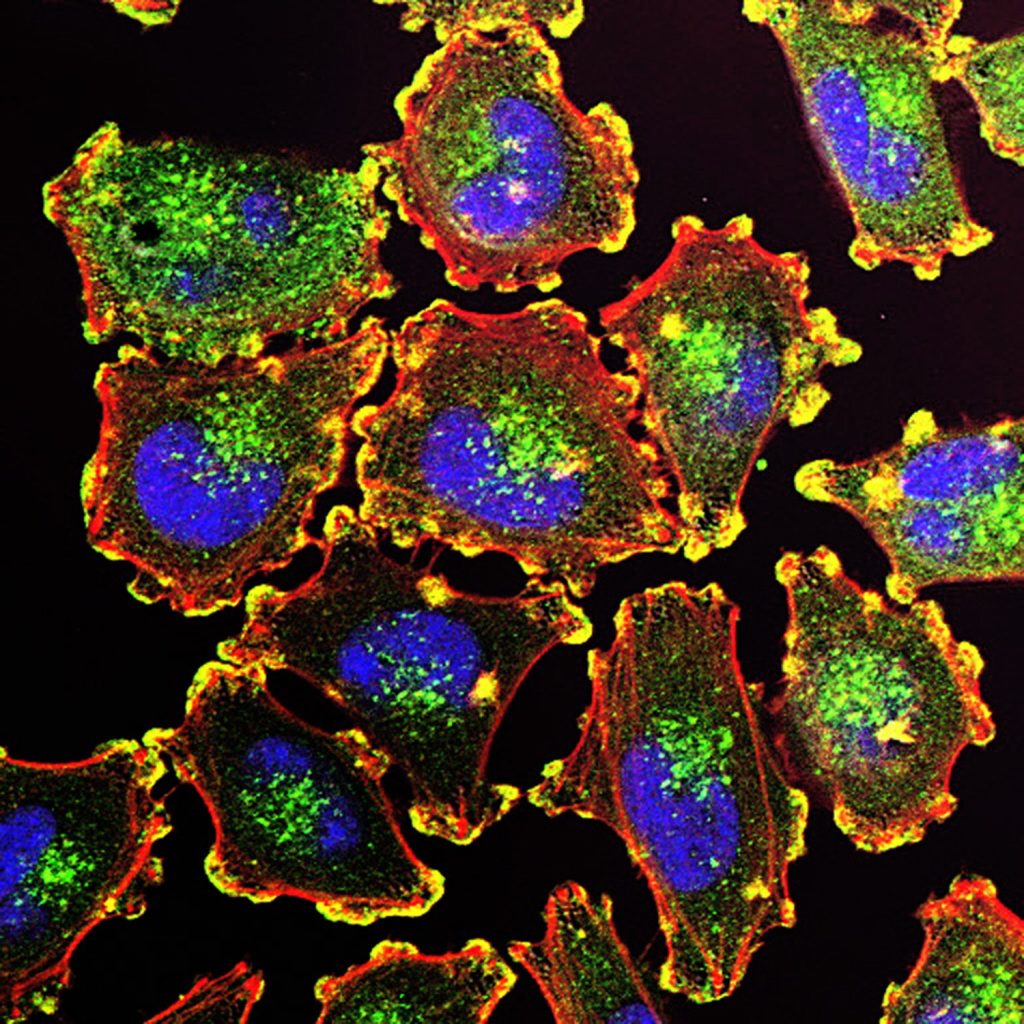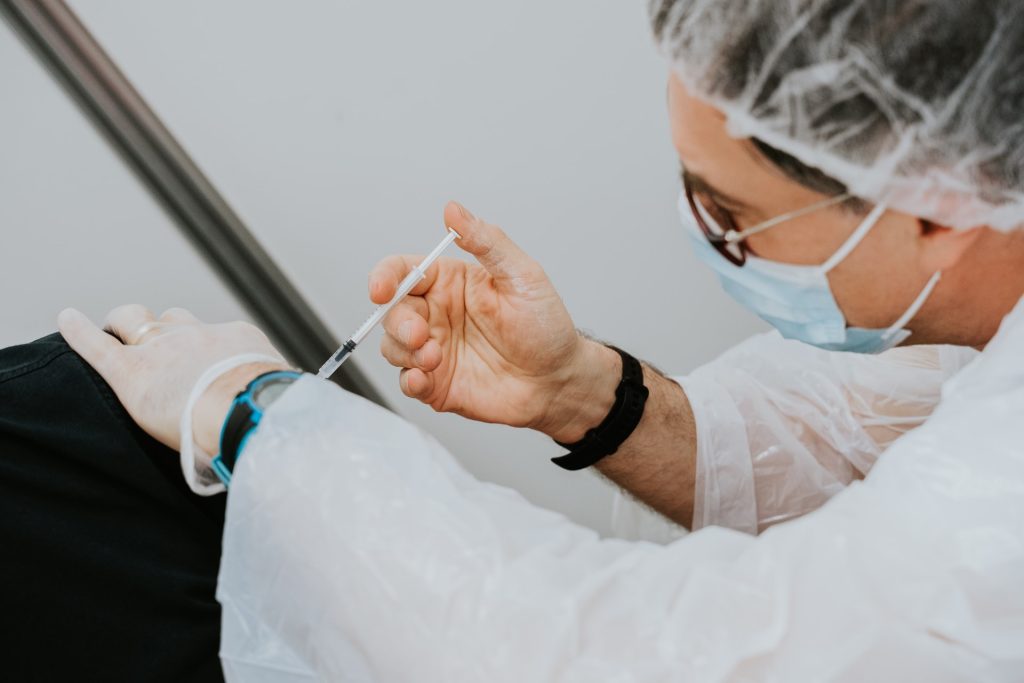Signs of Antibiotic ‘Pre-resistance’ Identified for the First Time

In a first of its kind study, researchers have spotted signs of antibiotic ‘pre-resistance’ in bacteria for the first time, indicating that they have the potential to develop drug resistance in the future.
The findings, published in Nature Communications, will allow doctors in the future to select the best treatments for bacterial infections.
Mycobacterium tuberculosis (TB) was the second leading infectious cause of death after COVID in 2020, killing 1.5m people. It can be cured if treated with the right antibiotics, but treatment is lengthy and many people most at risk lack access to adequate healthcare. Drug-resistant TB can develop when people do not finish their full course of treatment, or when drugs are not available or are of poor quality.
Multi-drug resistant TB represents a huge, unsustainable burden and totally drug resistant strains have been detected in a handful of countries. As health systems struggle to cope with the pandemic, progress on TB treatment globally has slowed.
To better understand TB for developing new drugs, this study has identified for the first time how to pre-empt drug resistance mutations before they have occurred. Dubbed ‘pre-resistance’ when a pathogen has a greater inherent risk of developing resistance to drugs in the future.
By analysing thousands of bacterial genomes, the study has potential application to other infectious diseases and paves the way towards personalised pathogen ‘genomic therapy’ – which chooses drugs according to the pathogen, preventing drug resistance.
The culmination of 17 years’ work, the study built up a TB bacterial ‘family tree’ from 3135 different tuberculosis samples. Computational analysis identified the ancestral genetic code of bacteria that then went on to develop drug resistance. The team identified the key changes associated with the development of resistance by looking through the ‘branches’ of the family tree to see which had the most potential for developing drug resistance.
Variations in the TB genome predicted that a particular branch would likely become drug resistant, and then validated their findings in an independent global TB data set.
Dr Grandjean, senior author of the study, said: “We’re running out of options in antibiotics and the options we have are often toxic – we have to get smarter at using what we have to prevent drug resistance.
“This is the first example of showing that we can get ahead of drug resistance. That will allow us in the future to use the pathogen genome to select the best treatments.”
Source: EurekAlert!





